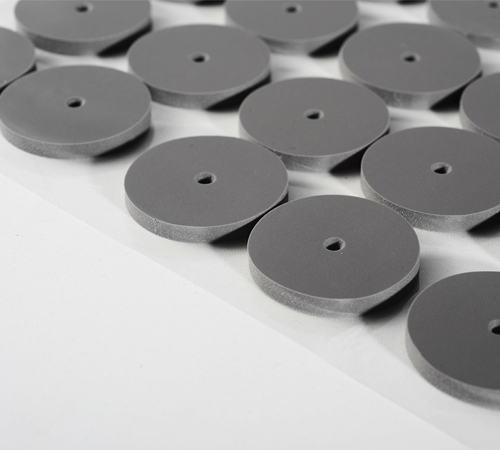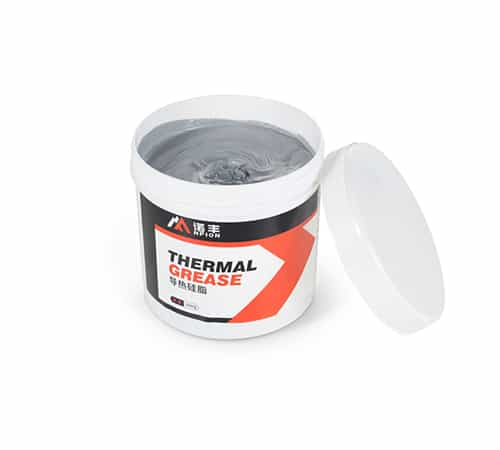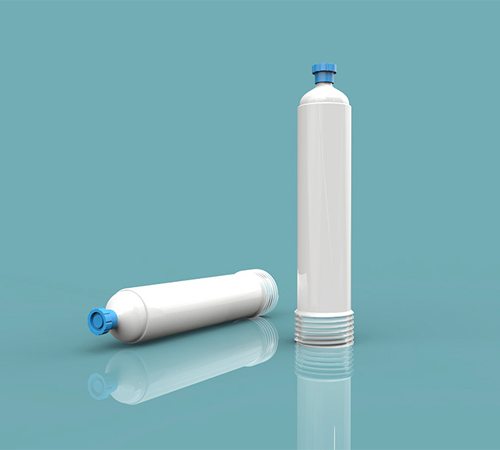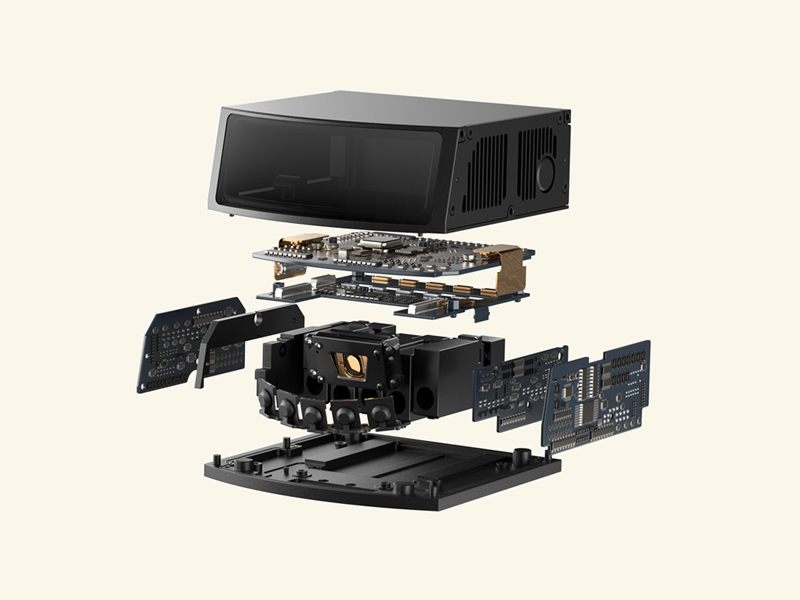
LiDAR (Light Detection and Ranging) is a remote sensing device that utilizes laser beams to detect target position, velocity, shape, and other characteristic parameters.
The structure of a LiDAR system can be outlined as follows:
1.Laser Transmitter:
Laser Source: The core component of a LiDAR, responsible for generating the laser beam. Commonly used laser sources include solid-state lasers (e.g., Nd:YAG, Er:YAG, fiber lasers), semiconductor lasers (e.g., Vertical Cavity Surface Emitting Lasers, VCSELs), and gas lasers (e.g., helium-neon lasers). The choice of laser depends on application requirements such as wavelength, power, stability, size, and cost.
2.Optical System:
Emitter: Comprising the laser and associated optical components, such as beam expanders, beam shapers, and modulators. Beam expanders and shapers adjust the laser beam's size and shape to meet specific detection range and resolution demands. The modulator encodes the laser beam to distinguish it from signals emitted by other LiDAR systems, reducing mutual interference.
Scanning System: Enables spatial scanning of the laser beam to acquire three-dimensional information.
Depending on the technology employed, these can be classified as:
Mechanical Scanning: Utilizes rotating mirrors or galvanometers to perform two-dimensional scanning in the horizontal and/or vertical directions. Mechanical scanning typically offers a wide field of view and high resolution but may be subject to mechanical wear, vibration effects, and limitations on scanning speed.
Solid-State Scanning: Employing all-solid-state technologies (such as phased arrays or MEMS micro-mirrors) to achieve non-mechanical beam scanning. Solid-state scanning systems are compact, lightweight, low-power, and highly reliable, making them suitable for embedded and mobile applications.
Flash LiDAR: Dispenses with scanning mechanisms, emitting a single pulse array covering the entire field of view, eliminating the need for mechanical or electronic scanning. This method enables instantaneous imaging.
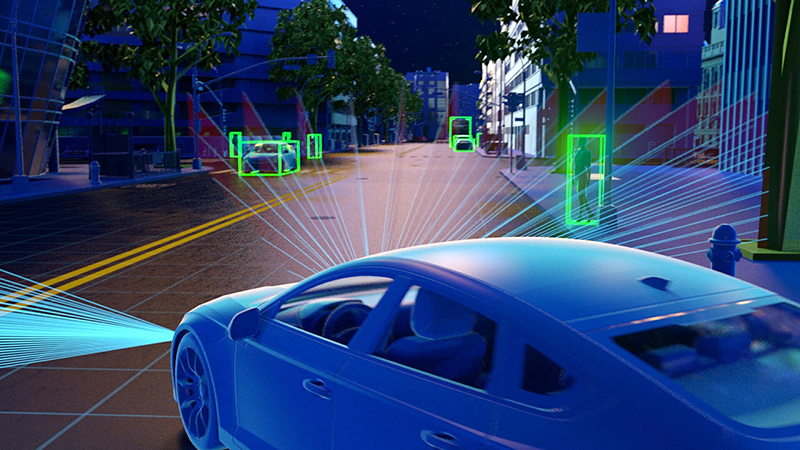
3.Detection & Data Acquisition:
Time-to-Digital Converter (TDC): Measures the time difference between the emission of a laser pulse and the arrival of its corresponding echo signal (time-of-flight, ToF) to calculate the distance to the target. TDC precision directly impacts the LiDAR's distance resolution.
Signal Processing Unit: Further processes the electrical signals output by the detector, performing operations such as amplification, filtering, and decoding to extract useful information. This unit may incorporate an Analog-to-Digital Converter (ADC), Digital Signal Processor (DSP), or Application-Specific Integrated Circuit (ASIC).
4.Data Processing Unit:
Information Processing System: Analyzes the post-processed raw data to compute target position, velocity, reflectivity, and generates point cloud data. This system usually consists of computer hardware and software algorithms for tasks like target detection, tracking, classification, and map building.
5.Power & Control Module:
Supplies power management and control logic to ensure proper operation of all LiDAR components, including laser driver, scanning system control, and synchronization of data acquisition and processing.
6.Enclosure & Cooling System:
Protects internal components from environmental influences while maintaining cleanliness along the optical path. High-power or long-duration LiDAR systems may incorporate active or passive cooling systems to maintain optimal operating temperatures.
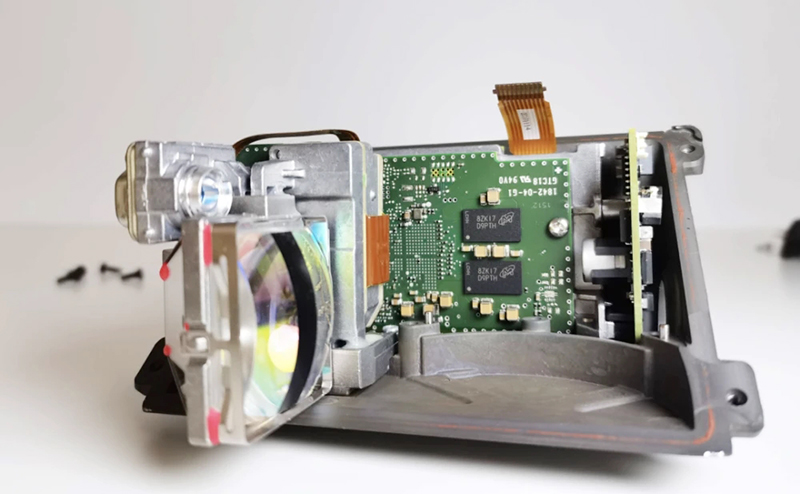
Laser Radar Thermal Management Design:
Thermal management design is a critical aspect of ensuring a LiDAR system remains stable and efficient under various operating conditions. Given that LiDARs contain high-power laser sources, sensitive electronic components, and precision optical elements, these parts generate significant heat during operation, which, if not managed properly, can lead to performance degradation, shortened lifespan, or even system failure. Key considerations and strategies in LiDAR thermal management design include:
1.Heat Source Identification & Thermal Flow Analysis:
Heat Source Localization: Identifies primary heat sources within the system, such as the laser emitter, high-power electronic devices (e.g., amplifiers, digital signal processors), and scanning motors (for mechanical scanning systems).
Thermal Modeling: Utilizes thermal analysis software to simulate heat generation, temperature distribution, and heat conduction, convection, and radiation pathways, providing quantitative guidance for the design.
2.Thermal Materials & Technologies:
Thermal Interface Materials (TIMs): Examples include thermal grease, pads, or gels, used to fill gaps between heat-generating elements and heat sinks, reducing contact resistance and enhancing heat transfer efficiency.
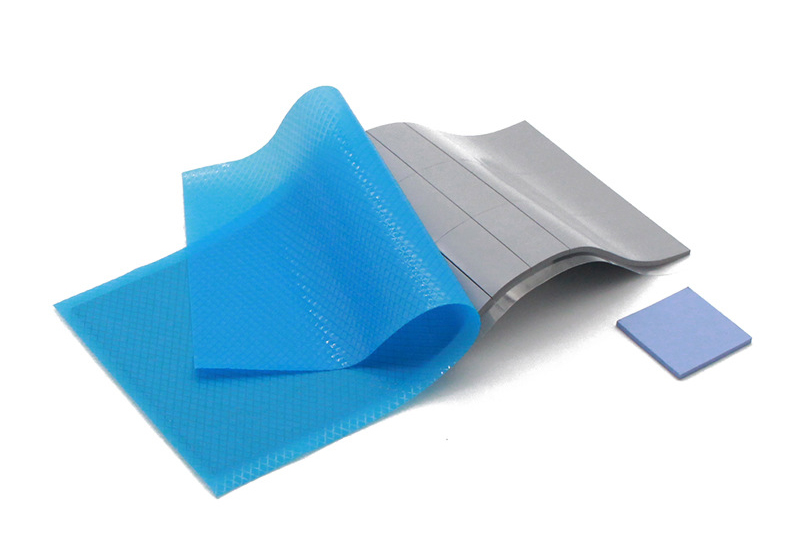
Heat Sinks: Such as extruded aluminum profiles, copper substrates, finned heat sinks, or liquid cooling plates, increase surface area to augment natural convection and radiation cooling. Heat sink design must consider factors like geometry, material selection, and surface treatment (e.g., anodization, blackening to enhance radiation cooling).
3.Thermal Component Layout:
Thermal Isolation: Effectively isolates sensitive components to prevent heat from high-temperature regions from directly transferring to low-temperature or thermally sensitive areas.
Thermal Channel Design: Optimizes internal layouts to establish efficient heat flow paths, ensuring heat rapidly conducts from sources to heat dissipation ports, preventing hotspots.
4.Active Cooling:
Fans/Draft Fans: For applications with space allowances and acceptable noise levels, fans or draft fans can be used to increase air circulation, enhancing natural convection cooling.
Liquid Cooling: For high-power or compact LiDARs, liquid cooling systems (e.g., water or oil cooling) may be employed, using circulating coolant to absorb heat and transfer it to external heat exchangers or radiators.
Temperature-Sensitive Element Monitoring: Places temperature sensors at critical locations to continuously monitor internal system temperatures, providing feedback signals for the thermal management system.
Intelligent Temperature Control: Utilizes PID controllers or other algorithms to regulate fan speeds, liquid cooling pump flow rates, or even adjust laser operating modes (e.g., pulse frequency, duty cycle) in response to environmental changes and load fluctuations, maintaining safe operating temperatures.
6.Packaging & Material Selection:
Enclosure Material & Design: Selects materials with good thermal conductivity (e.g., aluminum or magnesium alloys) for the enclosure, incorporating well-designed ventilation holes and heat dissipation slots to facilitate internal heat dissipation.
Low Thermal Expansion Coefficient Materials: Employed in the fixation and connection of optical components, using materials with low Coefficients of Thermal Expansion (CTE) to minimize stress induced by temperature changes, safeguarding optical precision.
7.Environmental Adaptability Considerations:
Extreme Temperature Conditions: Ensures the LiDAR operates normally over a wide temperature range (e.g., -40°C - 85°C), potentially requiring the use of wide-temperature-range electronic components, optimized thermal designs, and anti-freeze/overheating protection measures.
Humidity & Ingress Protection Rating: Incorporates appropriate sealing and moisture-proof measures to meet IP protection level requirements, preventing moisture ingress that could affect cooling performance and electrical safety.
In summary, thermal management design for LiDAR is a comprehensive engineering endeavor encompassing heat source identification, selection of thermal materials and technologies, component layout for heat dissipation, active and passive cooling strategies, intelligent temperature control, packaging and material choices, and thorough consideration of environmental adaptability. By effectively integrating these strategies, LiDAR systems can maintain excellent thermal stability across diverse operating conditions, ensuring their long-term reliability.




 CN >
CN >
